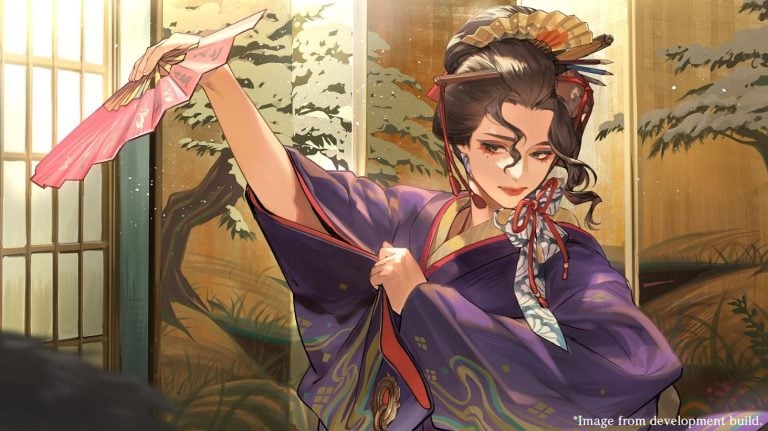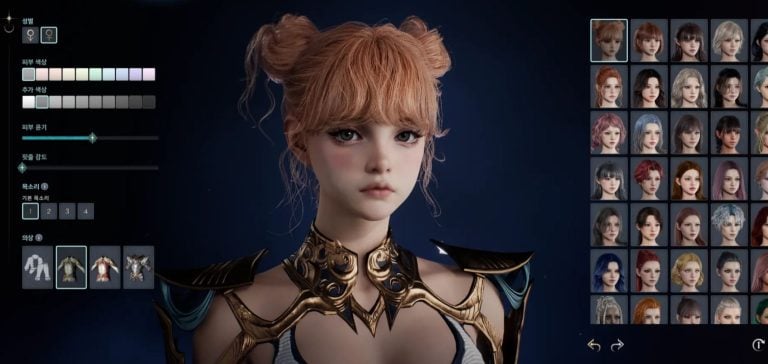How has pacing in anime changed over the last 20 years? Anime plots feeling faster paced is likely a phenomenon many have felt. A recent article analyzes some of the factors that may have made modern anime become quicker over time.
The writer’s hypothesis first began with wanting to re-watch their favorite anime s-CRY-ed, a 2001 anime about residents of Kanagawa city suddenly developing supernatural powers called Alters. Having enjoyed the anime in the past, the writer decided to give the series another watch after the studio behind it graciously uploaded the anime on its official YouTube channel. However, upon re-watching the anime, though still enjoying the story, they noticed that the pacing somehow felt a bit slow.
This realization got the author thinking about another anime created by the same director – Goro Taniguchi, the director of Code Geass: Lelouch of the Rebellion. Code Geass, the story of a young man who obtains the “power of complete obedience” from an immortal woman, is well-known for its complex and fast-paced plot. Although both anime were directed by the same person, the rates at which their respective stories progress are completely different. Given that the time passed between the release of both anime is only five years, with S-CRY-ed being released in 2001 and Code Geass in 2006, this raised the question, “Why did the pacing of anime become faster during this period?”

One reason the author suggests could have led to the speed-up in pacing was the airing periods for anime being shortened significantly. Anime made before the mid-2000s often had an airing period of six months to a year, whereas by around 2005 airing periods were eventually shortened, with three-month runs becoming more common.
The 1990s saw production committees becoming more commonplace, which the writer attributes to the success of Neon Genesis Evangelion. A production committee is an association of various companies that come together to fund, produce, and market an anime on a project-to-project basis. These committees attract various companies wanting to invest in an anime’s production.
Over time it, became commonplace for publishing companies to participate in these committees, resulting in the growing tendency for anime to be based on adapted source material (such as manga), rather than original scenarios. Investors also wanted to see results quickly, resulting in shorter airing times for anime. The desire to have episodes airing at a quicker pace resulted in the increase of single cour adaptations (about 12-13 episodes), which meant creators had to find ways to stuff more content into significantly less airing time. S-CRY-ed (2001) had an airing period of almost six months, and its 26 episodes followed an original scenario at a natural pace. On the other hand, a couple of years later, anime could be seen adapting large volumes of source material over short running times, such as AIR (2005), an anime in which a young puppeteer and mysterious young woman search for a Winged Maiden, which adapted a whole visual novel in 15 episodes over the course of three months.

Once the mid-2000s came around, the speed of production had greatly hastened. While anime production companies still wanted to include a faithful amount of source material in their adaptations, they would begin to take a different approach to the way they released their episodes in the following years. The author mentions that KANON (2002), an anime where a high school boy with a faded memory reconnects with several girls from his past played an important part in changing the way source material was adapted. According to the author, “KANON’s game scenarios were thought to be impossible to adapt into one cour due to their substantial volume. Still, the TV anime managed to weave in as many episodes from the source material as possible while maintaining a calm atmosphere, resulting in a speedy series.” After the release of KANON, production companies realized that in order to fit more source material into their anime, they’d have to release more event-packed episodes.

The author additionally makes the observation that anime has continued the trend of being quick-paced, becoming even faster than before. They state, “In recent years, there has also been an increase in short anime series of approximately 2 minutes, reflecting a trend toward even shorter, information-dense content. Anime is not only becoming faster-paced but also evolving into shorter, denser forms.”
While the accelerated plots of anime may have initially started out of necessity, due to things such as time constraints, for modern anime it has basically become the norm, and many viewers consider it to be a characteristic of the genre. With the abundance of short-form videos nowadays, from the emergence of platforms such as Snapchat and TikTok, it’s interesting to see that the anime industry has also become aware of the effectiveness of shorter, dynamic content. As media continues to adapt to our ever-diminishing attention spans, individuals used to the fast format may find it difficult to watch older anime with slower story progressions.





